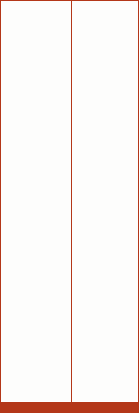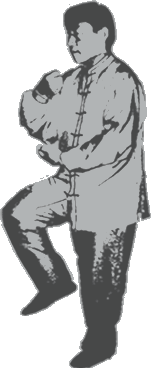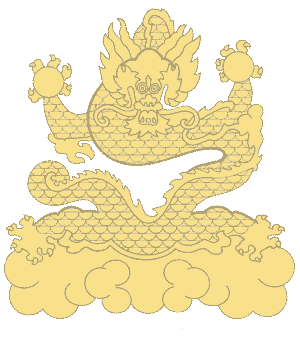 |
 |
All schools of Chenstyle Taijiquan (and indeed, all other styles of the art) use taolu, or solo routine practice, as an essential aspect of their art. In taolu, the practitioner strives to blah blah blah while executing movements of defense and attack in a kind of "shadow boxing". These routines are choreographed for both unarmed and armed combat. While the original (unarmed) curriculum of the style as created by CWT was said to consist of five forms (see the History section) the later branches of the art have condensed this down to two essential routines, or forms. The first is known as Yi Lu, or "first road". It is a longer, "softer" routine, centering around the jins of peng, lu, ji and an. The second is referred to as Erh Lu, or "second road". It is a shorter, "harder" routine, centering around the jins of cai, lieh, jou and kao. Later variations such as Hu Lei Jia feature three essential routines (see the Zhaobao section) and the Xinyi hunyuan school teaches x number of abbreviated forms as part of their curriculum. Following in the tradition of Chen Chang Xin, who condensed the five forms of CWT into the present day I Lu asnd Erh Lu routines, modern individual masters have created shortened introductory forms based on their interpretations of the traditional styles. For an overview, see "modern forms". There have also been shorter standardized forms created under the auspices of the PRC government for use in international competition. for For an overview, see "competition forms". If the past is any indication of the future, the art will continue to evolve, and new choreographies will almost certainly continue to be developed. |
 |
| The Forms of Chenstyle Taijiquan |
 |